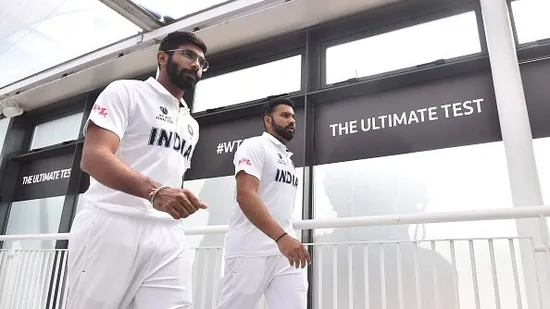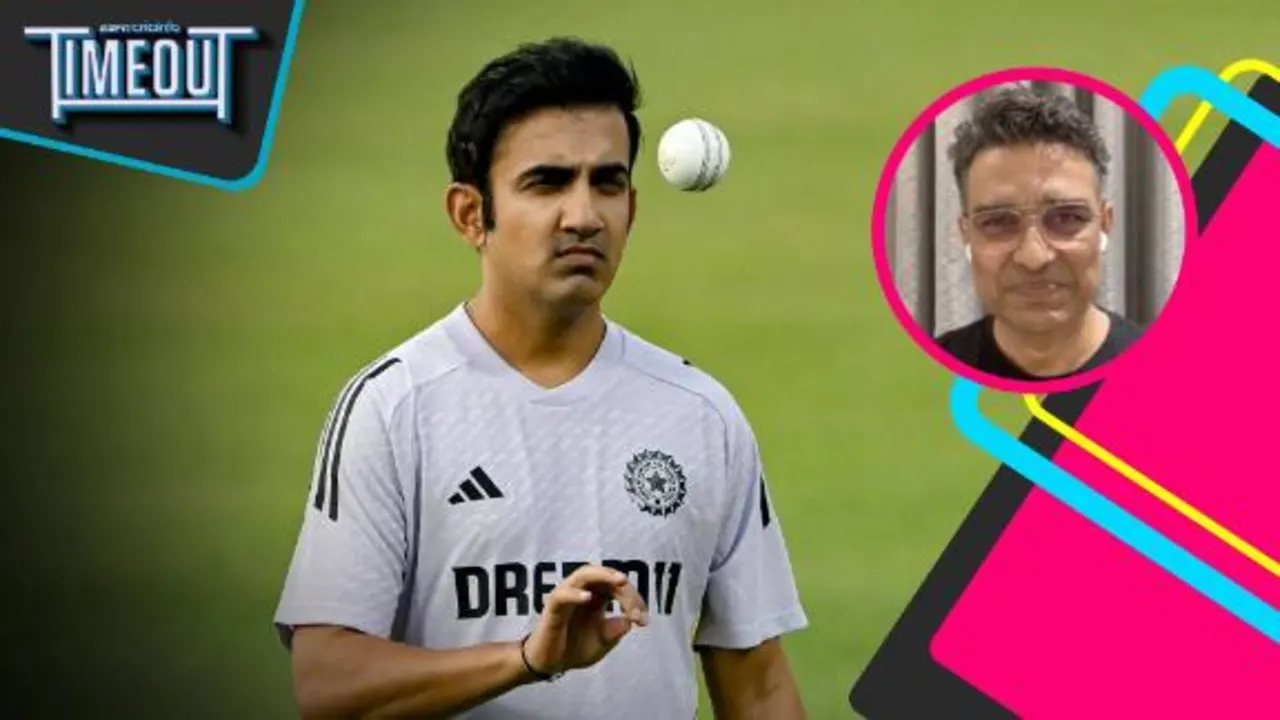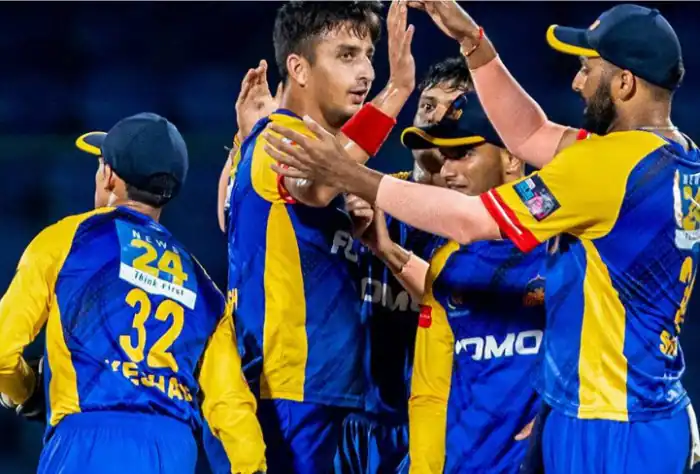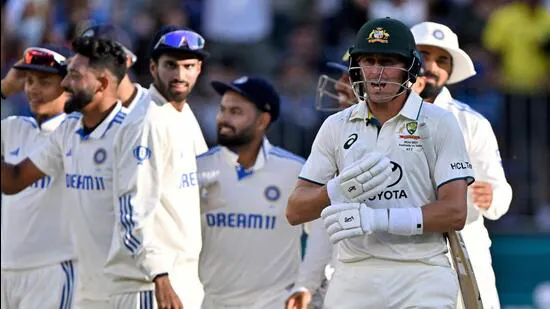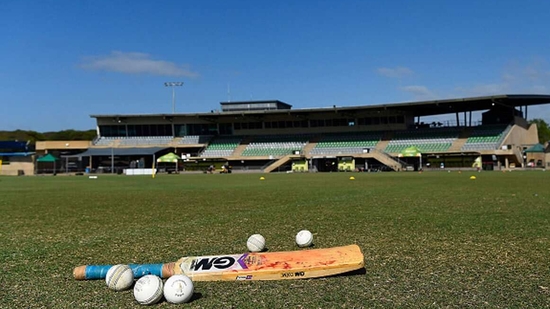The Dominating Kanpur Test Performance: Indian Cricket at Its Peak
There has been a sudden surge in the performance of Indian cricket. The reasons behind this boost can be attributed to a number of factors that are often overlooked amidst the saturation of information on various platforms. Three notable developments that have gone unnoticed include...
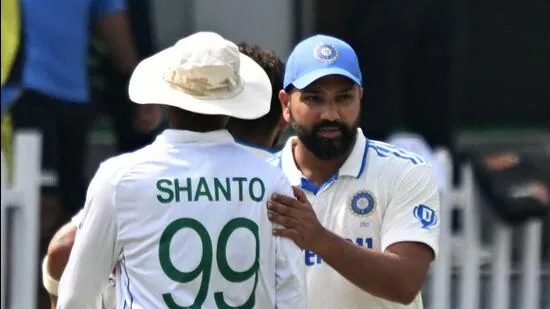
One: Rewind a moment to the Kanpur win, the Test that lasted less than three days. More significant than the win was the audacious manner in which it was achieved - it was cricket hustle at its best. India played a Test in T20 mode, made runs faster than in the shortest format – despite no field or bowling restrictions. Then, Bangladesh was rolled over, dismissed more than defeated. It was a classic Muhammad Ali knock out.
This was a calculated strike, with a clear plan and brilliant execution. The intent was key and skipper Rohit Sharma was willing to risk failure to achieve victory. Unafraid to lose, he took fear out of the team, which, to use a cliche, expressed itself with freedom.
The sensational Kanpur win was as much a personal triumph for Rohit as it was for India. With this, he has gone up a notch as captain, adding to his wonderful track record in the ODI World Cup and his multiple IPL titles with Mumbai Indians.
We must not however miss the delicious irony of Rohit’s captaincy career. Currently, he is in great space as leader but when first given the job it was seen as a step back because, compared to Virat Kohli, he was older, less fit. Also, it’s a bit (actually, more than a bit) odd that he was sacked by his IPL franchise last season.
Rohit the captain has done everything right, not just in terms of team performance but in the manner of leadership. He is astute, in a non-Brearley manner. He is calm and composed, in a non-Dhoni manner. He is the friendly Rohit bhaiya who likes a laugh and keeps the dressing room temperature at a pleasant level. He is a devout follower of the late film star Raj Kumar’s policy that tension ‘leni ki nahi deni ki cheez hai’.
Two: When GMR acquired Hampshire, Indian cricket made a telling point. The story we know is IPL teams are cash rich, they are looking to build a global footprint to connect with fans in new areas. So, it is logical to invest and acquire new assets, and scaling up operations have benefits both from the cricket and commercial aspects.
But like India’s Kanpur win, don’t miss the audacity of the GMR-Hampshire deal. It’s unique because England cricket, steeped in tradition and culture, has allowed a private investor – that too non-British – to buy out a County team. Reports suggest that GMR will acquire real estate/hotel/golf course and control cricket, including The Hundred team.
The English board (ECB) has blessed the deal, which is understandable because it desperately needs money to sustain itself and to make The Hundred viable. Hampshire owner Rod Bransgrove, who cashed out, is happy he made money. He also expressed hope (which I find difficult to understand) that this sale will lead to the County accessing global markets in the future!
The official statement from GMR said it was “thrilled to welcome Hampshire cricket into the GMR family” and that the acquisition was a testament to its commitment to global sports and the belief in the power of cricket to unite people.
All true but for better perspective: GMR took guard in 2008 with IPL (it is currently part-owner of Delhi Capitals). Hampshire has been in existence since 1863. Buying Hampshire is one more instance of the unstoppable power of Indian cricket.
Three: Can there be a better advert for Indian cricket on steroids than Vaibhav Suryavanshi, the latest wonder kid to hit the headlines. Only 13, this player from Samastipur, Bihar hit a 58-ball hundred for India U19 against Australia U19. In two previous Ranji games, his highest score was 19. The supremely confident Vaibhav described his astonishing knock saying “didn’t go there to play aggressively but believe in hitting the ball if it is there to be hit. There is no double mind”.
Great clarity, no confusion. Another Sehwag?
Stay informed with the...RELATED STORIES
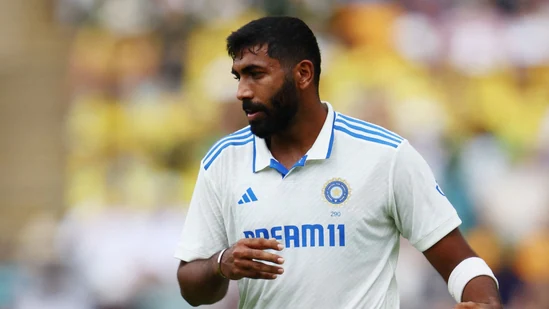
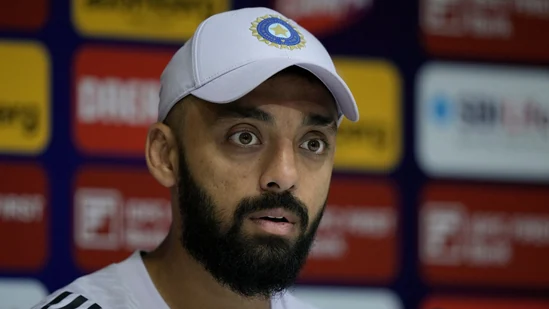

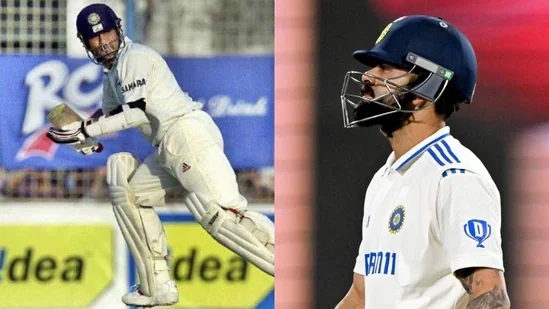
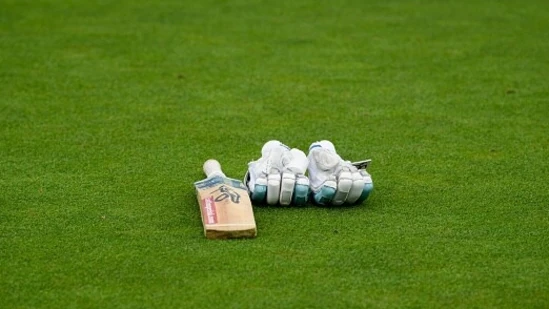

LATEST NEWS
